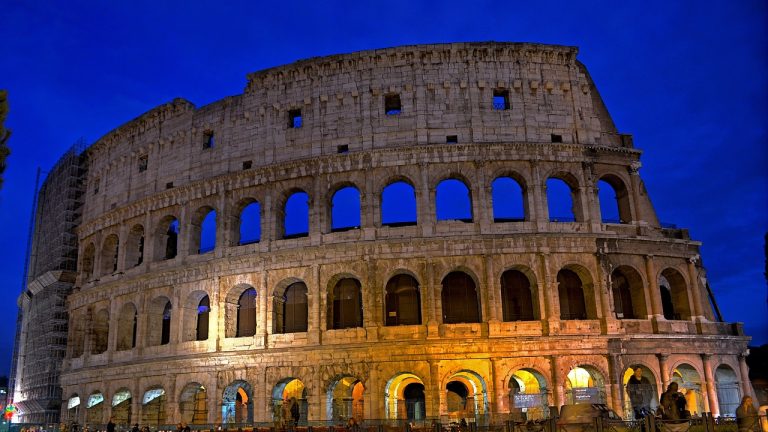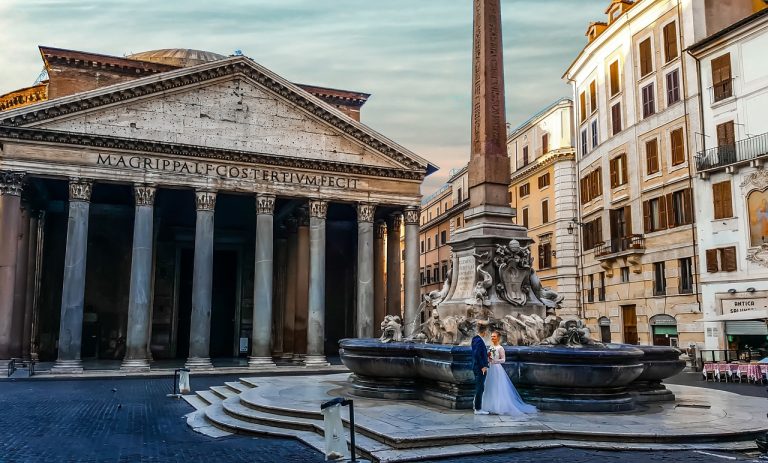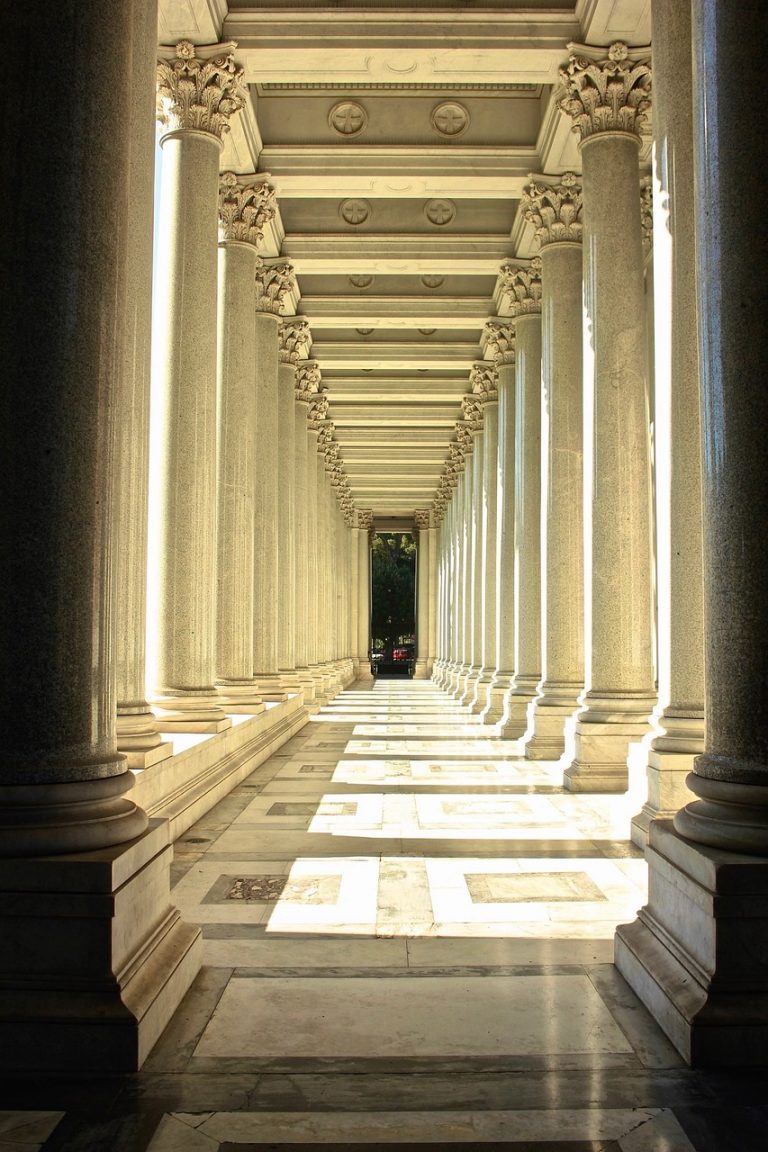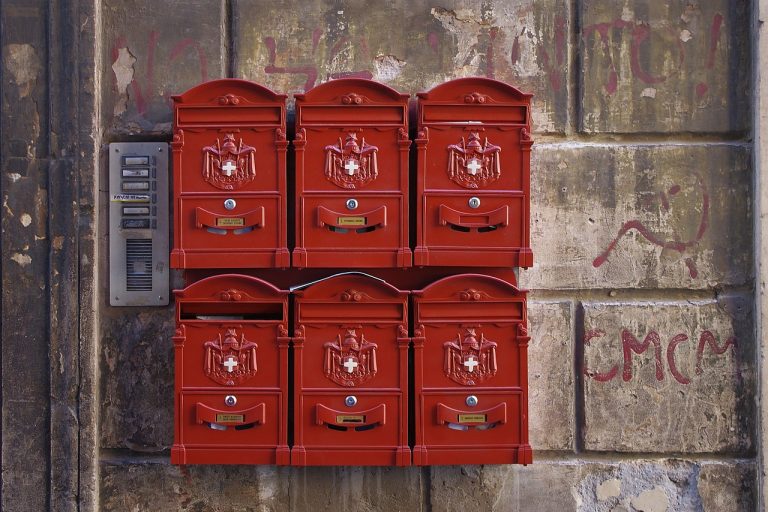Rome Italy Video
The Cultural Evolution of Rome Italy
Rome, Italy, known as the Eternal City, has a rich cultural heritage that has evolved over centuries. From its ancient roots as the capital of the Roman Empire to its modern status as a global center of art, history, and cuisine, Rome’s cultural evolution is a testament to its enduring significance. This article explores the various aspects of Rome’s cultural evolution, highlighting key historical periods, architectural marvels, artistic treasures, and culinary delights that have shaped the city’s identity.
Ancient Rome: Birth of an Empire
- Colosseum: The iconic Colosseum, originally known as the Flavian Amphitheatre, stands as a symbol of ancient Rome’s grandeur. This massive structure hosted gladiatorial contests, animal hunts, and other spectacles that entertained the Roman citizens.
- Forum Romanum: The Forum Romanum, or Roman Forum, was the heart of political, religious, and commercial life in ancient Rome. It was adorned with temples, basilicas, and public spaces where important events took place.
- Pantheon: The Pantheon, a magnificent temple dedicated to all the gods, showcases the architectural prowess of ancient Rome. Its iconic dome and impressive interior continue to inspire awe today.
Rome Italy Image 1:
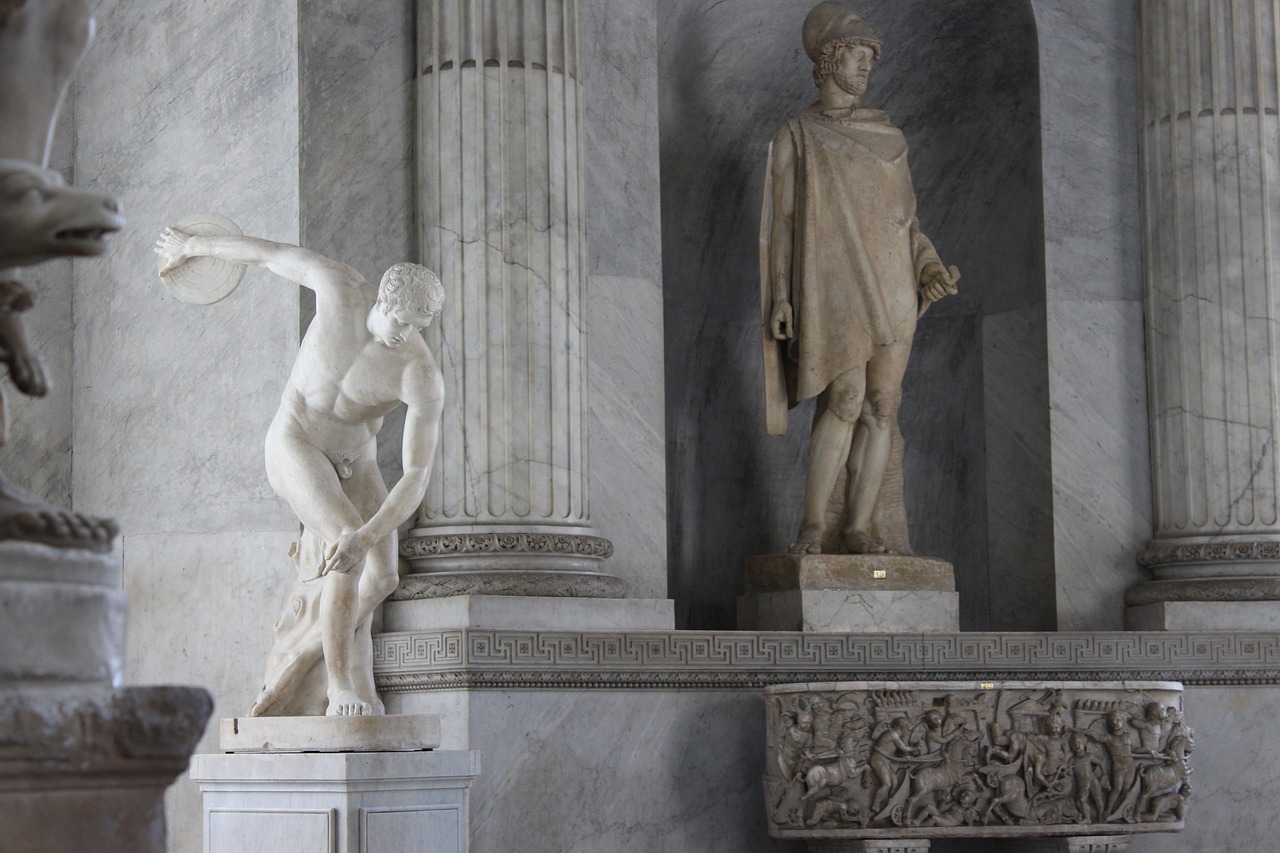
The Renaissance and Baroque Era: Artistic Flourishing
- Sistine Chapel: Located within the Vatican Museums, the Sistine Chapel is renowned for Michelangelo’s breathtaking frescoes on its ceiling and altar wall, including the famous Creation of Adam.
- Trevi Fountain: The Trevi Fountain is a stunning Baroque masterpiece that attracts millions of visitors each year. Tossing a coin into the fountain is believed to ensure a return to Rome.
- Spanish Steps: The Spanish Steps, a monumental stairway consisting of 135 steps, connect the Piazza di Spagna with the Trinità dei Monti church. This popular gathering spot offers a picturesque view of the city.
The Vatican City: Spiritual Center
- St. Peter’s Basilica: The largest Christian church in the world, St. Peter’s Basilica is a masterpiece of Renaissance architecture. It houses numerous artistic treasures, including Michelangelo’s Pietà.
- Vatican Museums: The Vatican Museums hold an extensive collection of art and historical artifacts, including the Raphael Rooms and the Gallery of Maps. The museums culminate in the awe-inspiring Sistine Chapel.
- Papal Audience: Visitors to Rome can attend the Papal Audience at St. Peter’s Square, where the Pope delivers blessings and addresses the faithful. This unique experience offers a glimpse into the spiritual heart of Catholicism.
Rome Italy Image 2:

The Renaissance and Baroque Era: Artistic Flourishing
- Sistine Chapel: Located within the Vatican Museums, the Sistine Chapel is renowned for Michelangelo’s breathtaking frescoes on its ceiling and altar wall, including the famous Creation of Adam.
- Trevi Fountain: The Trevi Fountain is a stunning Baroque masterpiece that attracts millions of visitors each year. Tossing a coin into the fountain is believed to ensure a return to Rome.
- Spanish Steps: The Spanish Steps, a monumental stairway consisting of 135 steps, connect the Piazza di Spagna with the Trinità dei Monti church. This popular gathering spot offers a picturesque view of the city.
The Renaissance and Baroque Era: Artistic Flourishing
- Sistine Chapel: Located within the Vatican Museums, the Sistine Chapel is renowned for Michelangelo’s breathtaking frescoes on its ceiling and altar wall, including the famous Creation of Adam.
- Trevi Fountain: The Trevi Fountain is a stunning Baroque masterpiece that attracts millions of visitors each year. Tossing a coin into the fountain is believed to ensure a return to Rome.
- Spanish Steps: The Spanish Steps, a monumental stairway consisting of 135 steps, connect the Piazza di Spagna with the Trinità dei Monti church. This popular gathering spot offers a picturesque view of the city.
Rome Italy Image 3:

Modern Rome: Culinary Delights
- Gelato: Rome is famous for its delicious gelato, a creamy Italian ice cream. Indulge in a variety of flavors and savor this sweet treat while strolling through the city.
- Pizza Romana: Known for its thin and crispy crust, Roman-style pizza offers a delightful combination of fresh ingredients and traditional flavors.
- Cacio e Pepe: This classic Roman pasta dish features spaghetti or rigatoni tossed with a simple yet flavorful combination of pecorino Romano cheese and black pepper.
The Future of Rome: Preserving the Past
- Preservation Efforts: Rome has made significant efforts to preserve its historical sites and cultural heritage. Strict regulations and restoration projects aim to protect the city’s architectural treasures for future generations.
- Sustainable Tourism: As a popular tourist destination, Rome is embracing sustainable practices to mitigate the impact of mass tourism on its environment and cultural sites.
- Cultural Festivals: Rome hosts various cultural festivals throughout the year, celebrating art, music, film, and literature. These events showcase the city’s vibrant cultural scene and encourage artistic expression.
Conclusion
In conclusion, the cultural evolution of Rome, Italy, is a captivating journey through time. From the grandeur of ancient Rome to the artistic flourishing of the Renaissance and Baroque era, and the modern delights of its culinary scene, Rome continues to inspire and enchant visitors from around the world. By preserving its past and embracing sustainable practices, Rome ensures that its rich cultural heritage will endure for generations to come.
References
– Britannica: www.britannica.com
– Vatican Museums: www.museivaticani.va
– Colosseum: www.coopculture.it
– Rome Tourism Official Website: www.turismoroma.it



